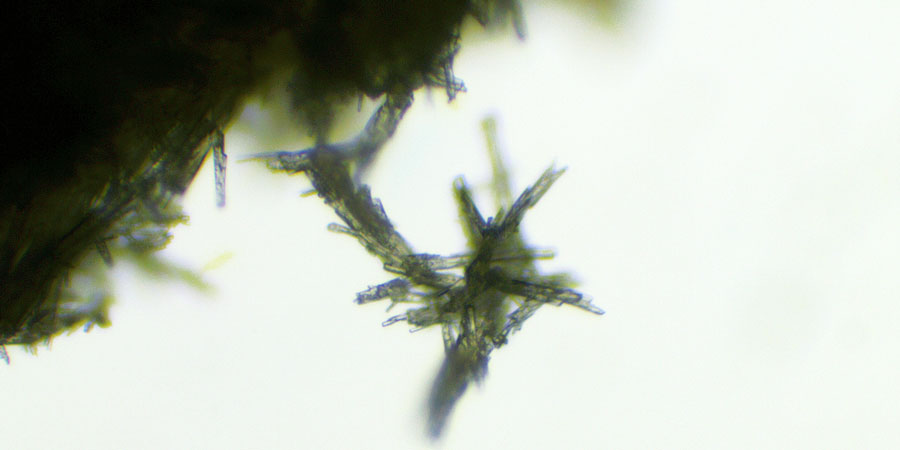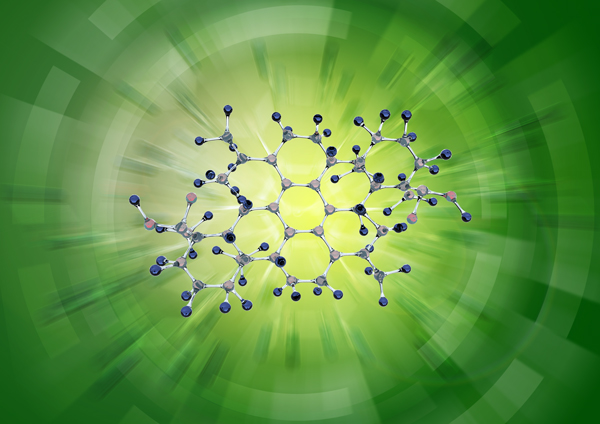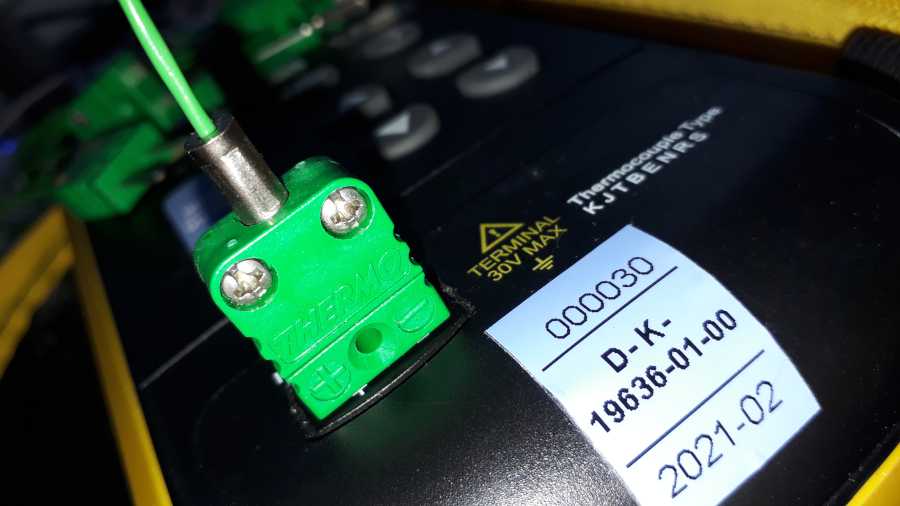Hardly anyone is interested in the details of the amber-colored condensate residues in the soldering systems, which become continuously darker with increasing temperature exposure. Needle-shaped crystalline formations also appear in the maintenance process, mostly on the inner walls of the extraction pipes – in the areas with a large temperature gradient. This article focuses on the cause of condensate formation and mechanisms responsible for it. In this way, technologies and processes can be developed to minimize condensate formation from the beginning.
Humidity is more than just moisture in the air. Water molecules interact with reactive components in the manufacturing process of epoxy resin matrix and solder resist, inhibiting their reactivity. The result is an epoxy resin matrix that is not fully crosslinked or a solder resist that cannot be effectively exposed. The effect of humidity is often not noticeable – at least not until the board fails. This failure can manifest itself in various ways, such as electromigration. machine. Some traces are obvious and easy to identify, some require real detective work. And no database in this world, no matter how stuffed with molecular spectra, can replace the human eye, expertise and in-depth research work.

Press report Fränkische Nachrichten: crisis as an opportunity: time for start-up
Picture and Text: Gerd Weimer
A lot of information can be extracted from the condensate residue about deviations in previous PCB manufacturing process, as well as information’s about the solder paste, and even preventive methods to reduce crosslinking reactions in reflow machine. Some traces are obvious and easy to identify, some require real detective work. And no database in this world, no matter how stuffed with molecular spectra, can replace the human eye, expertise and in-depth research work.
Thermal degradation is not a result of too high a temperature. We can see the reasons for this if we take a closer look at the process of heat transfer. When something needs to be heated, several factors play an important role. Firstly, the temperature, which has to be transferred to the object. Secondly, the heat transfer. The heat transfer in the oven is better with circulating air than without and in the pot with boiling water even better. Third factor is the duration of the temperature effect. The longer the temperature can act, the more homogeneous the heat distribution. So far, so good. Now let’s have a look at a thermally damaged printed circuit board. If the temperature is right, the heat transfer is guaranteed and the duration of heat exposure is correct, how does thermal damage happen?
What is absolutely essential on a cake can safely stay away in the soldering process. But what are the causes of such crystalline condensate residues? Are they the result of an incorrectly performed soldering process? Are they the result of serious quality deviations in the production process? Or are they the result of bad condensate management? Who or what is responsible when “crumbles” appear in the soldering system?
Present your soldering process with precise temperature measurement for Christmas. Rawinski GmbH has the perfect K-type sensors, K-type sheathed thermocouples and K-type thermocouple cables with high-temperature miniature plug/socket with flat contacts for you. Benefit from 10% off on our K-type thermo sensors, K-type sheathed thermocouples and K-type thermo cables on all orders until December 31, 2021.
FT-IR analyses open up deep insights into the molecular structure of a material. At the same time, the specific molecular signature is as individual as a fingerprint. No two spectra are alike. In PCB manufacturing, FT-IR analyses enable the cross-linking of a PCB substrate to be measured and thus prevent, for example, PCB warpage or outgassing of PCB components during the soldering process. Both can occur if the PCBs are not completely or uniformly crosslinked during the production process.
Rawinski GmbH is pleased to announce that Viktoria Rawinski, Founder and CEO will present the paper entitled “Detailed Study Of Condensate Residues In The Soldering Process – Analysis Of The Responsible Reaction Partners As Well As Reasons For Condensate Polymerization And Growth Of Crystalline Structures” at SMTA International 1-4 November 2021 in Minneapolis, USA.
Condensate is more than just a condensed residue from the flux on the surfaces of the soldering machine. When condensate is formed, volatile components of the PCB substrate, solder mask, and solder paste flux need to be considered. They can all react with each other in the soldering process and thus influence condensate growth, condensate quantity and its composition.
Material analysis on the molecular level by FT-IR spectroscopy is now followed by the optical complement in the field of microscopy. Microscopic images are an ideal addition to FT-IR spectroscopy, which precisely detects the molecular fingerprint of a material. Together with infrared spectroscopic material analyses, this enables us to provide our customers with detailed material investigations – not only on a molecular level, but also in the optical area. This allows deep insights into the fascinating micro-worlds. Optical details that were hidden from the eye become visible and uncover information about surface structure, microcracks, incipient crystal growth and much more. Not only in the characterization of surfaces – microscopy also plays an essential role in process and product development. An FHD microscope camera captures high-contrast and detailed microscopic images for seamless documentation. In the field of transmitted light microscopy, images can be taken at a magnification of 1000 times.
Our calibrator is just returned from its annual DAkkS calibration. This guarantees for another year precision as well as traceability of the measurement results for your temperature profiler calibration. Did you already know? We calibrate your temperature profiler within 24 hours after receiving it at our premises. A seven-point calibration guarantees high precision within the temperature interval. Customized calibration temperatures can be specified any time.
We are honoured to have Klaus Rosenberger on board of Rawinski GmbH as managing partner since January 2021. With Mr. Rosenberger, Rawinski GmbH could win an extremely qualified specialist with more than 30 years of experience in the fields of software and hardware development. In this position, Klaus Rosenberger will be responsible for the software business unit and will actively shape the strategic and operative corporate development of Rawinski GmbH. We wish Klaus Rosenberger a great start and success in his new tasks!

Press report Main-Echo: IR spectroscopic material analyses
Picture and Text: Peter Riffenach











